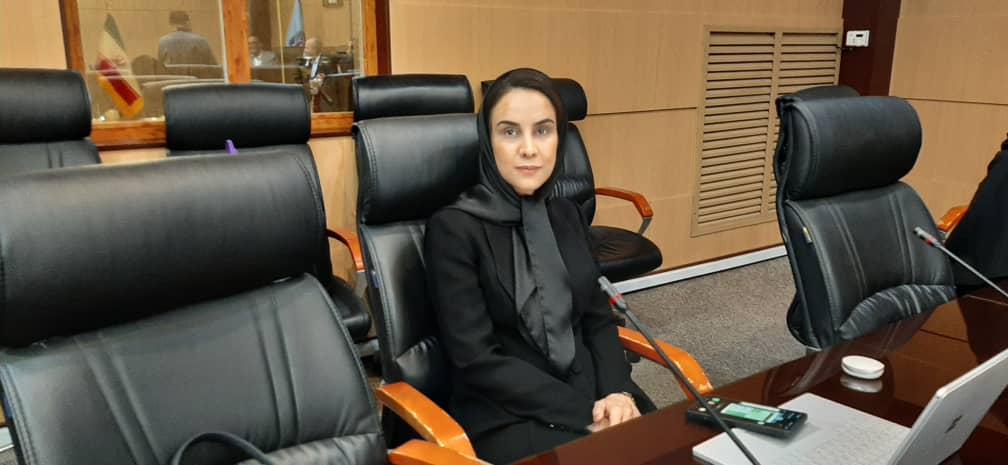Design of Voluntary-Controlled Integrum Hand by Iranian Specialists

June 10, 2025 – A multidisciplinary team of Iranian specialists has successfully designed and developed the Integrum hand prosthesis, featuring voluntary control, to assist individuals with limb loss. Dr. Nafiseh Jirofti, Assistant Professor of Orthopedics at Mashhad University of Medical Sciences and manager of the Bone and Joint Research Laboratory, explained that this project resulted in a five-link Integrum prosthetic hand with a control system based on magnetic implants placed within the user’s muscles. These magnets detect target signals generated by muscle contractions.
The magnetic signals are transmitted to an artificial intelligence network, where movement patterns are defined and trained. The robotic hand then translates these patterns, enabling the user to control the prosthetic fingers and hand movements through their own intent.
To date, the Integrum hand has been implanted in two patients. Unlike traditional EMG systems, which receive signals from the skin surface, this innovative approach places magnets directly inside the muscle, significantly reducing noise and increasing precision.
The Integrum hand’s mechanical structure allows direct attachment of the prosthetic fingers to the bone, resulting in enhanced functionality and a more natural feeling for the user. This breakthrough means that amputees perceive the prosthesis as part of their own body, leading to improved adaptation and substantial positive impacts on their quality of life.
The product’s design phase is complete and manufacturing is underway. The magnet implantation procedure, an innovative surgical technique involving tendon and muscle transfer, was performed by Dr. Ali Moradi. This pioneering technology—combining surgical innovation, robotics, and artificial intelligence—is being developed at the FAMCAR Robotics Center under the supervision of Dr. Alireza Akbarzadeh, Professor at Ferdowsi University.
